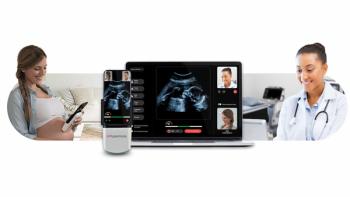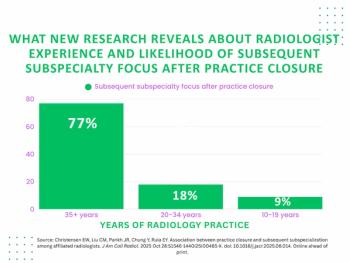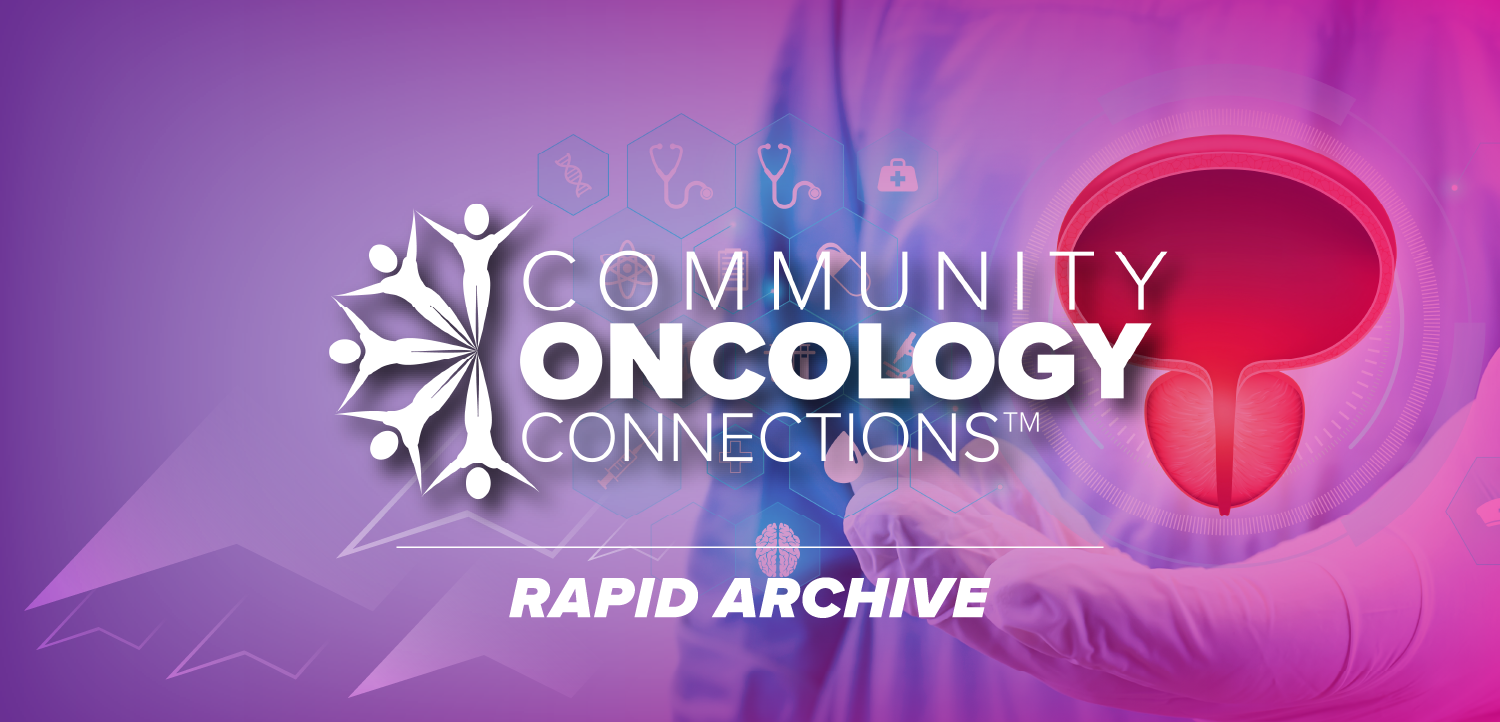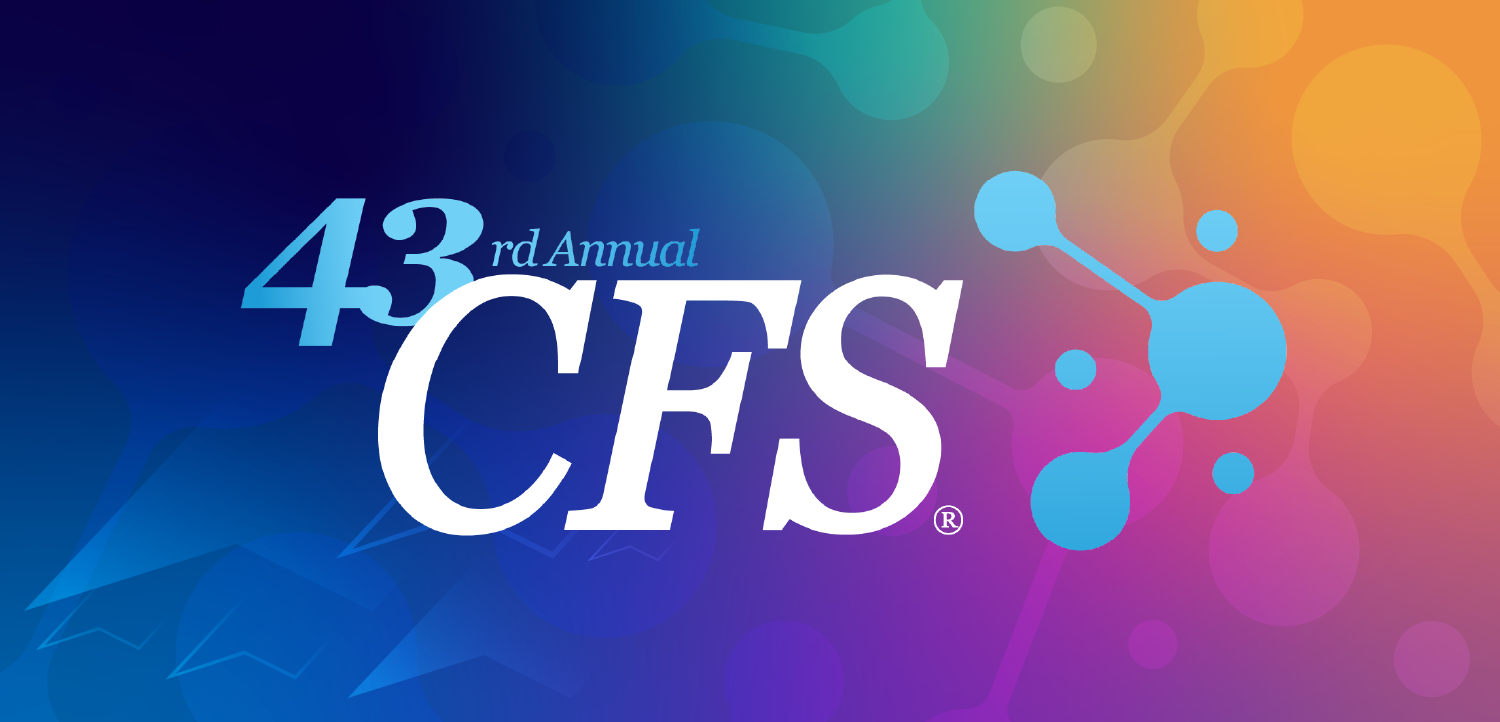
The Evolution of Point-of-Care Ultrasound
Known as the "Swiss Army knife" of healthcare, point-of-care ultrasound—or POCUS—has come a long way.
It can do a lot—in a lot of different settings. Perhaps that’s why clinicians and administrators have embraced point-of-care ultrasound (POCUS) ever since it arrived in clinical settings in the U.S. in the early
A low-cost, pain-free, user-friendly modality, POCUS can be used at the bedside, in the ED, ICU, OR, and in the field. It allows users to quickly diagnose a host of conditions, and it can help with procedural guidance. Its many benefits cannot be denied. No doubt, POCUS is a multi-faceted tool—the Swiss army knife of healthcare— that is in high demand.
That said, it’s important to assess the strengths and limitations of the technology, and to evaluate the appropriate settings and best applications for POCUS. In addition to evaluating the pros and cons of POCUS, this article will also explore new and growing use cases for the modality.
Strengths and Limitations
POCUS is a smart investment for most hospitals as it is portable, and can be shared among departments if necessary—making it a practical and affordable modality. Moreover, POCUS is lightweight, easy-to-use, and can be utilized in a wide array of applications and practices, such as emergency medicine, critical care, anesthesiology and orthopedics/sports medicine.
As we learned during the height of COVID-19, POCUS is easier to clean and disinfect than many of the major modalities. Moreover, because POCUS can be performed by physicians during rounds at the bedside of COVID-19 patients, it is a modality that can help minimize exposure of COVID-19 to hospital staff.
While the technology presents many benefits, providers do need to be vigilant when assessing product capabilities. POCUS systems vary, and some have more advanced features and functions than others.
Reliability varies as well. With some POCUS systems the battery life could be limited, limiting usefulness at the point of care or in the field. That’s a problem for busy clinical teams, especially in an emergency setting.
Settings and Specialties
While POCUS is utilized in many departments of a hospital, perhaps nowhere is it more prevalent than in the emergency department (ED).
Historically, EDs have been the fastest adopters of POCUS. A
It is interesting to note not just where POCUS is being used, but also how it is being used.
In a
With five key uses in the ED alone, it is no wonder providers find POCUS to be a valuable tool and a worthwhile investment.
Beyond emergency medicine, other specialties that regularly utilize POCUS include anesthesiology, critical care and some musculoskeletal-based specialties. In resident programs, these physicians learn how to use ultrasound technology but also must understand when to choose POCUS versus another diagnostic tool. Residents are also trained in the proper documentation of POCUS procedures.
Finally, POCUS is seeing evolving use cases, and is starting to be more commonly used by anesthesiologists for diagnostic perioperative care.
As
From a patient care standpoint, why should the skill set for bedside evaluation change simply because the patient entered the perioperative environment? Rather, POCUS can—and more and more, is—playing a key role in helping anesthesiologists to detect and evaluate the causes of these conditions.
Cardiac POCUS might help the user to identify severe aortic stenosis in a patient scheduled for urgent hip surgery with the detection of a new murmur. Or, pulmonary point-of-care ultrasound might allow one to differentiate obstructive airway disease versus congestive heart failure exacerbation in patients with both comorbidities and increasing oxygen requirements.
Simply put, the use of POCUS can guide anesthesiologists to more effectively determine which patients can be safely taken directly to the operating room and which need to be delayed for more extensive testing before surgery.
As noted in an
Another interesting application of ultrasound is the use of the technology in pain management, which is often linked to staving off opioid addiction in certain patients.
According to the U.S. Centers for Disease Control, the amount of prescription opioids sold in the U.S. nearly quadrupled since 1999, yet there has not been an overall change in the amount of pain that Americans report. As a result, nearly 247,000 Americans lost their lives to overdoses from prescription opioids—drugs like oxycodone, hydrocodone, and methadone—between 1999 and 2019.
To combat this problem, many providers have found an alternative. They use ultrasound technology to insert nerve blocks to specific sites of the body ahead of time—when and where pain relief is needed most to enable precise relief for patients suffering from acute pain, a safer alternative to prescribing opiates.
Finally, POCUS is emerging as a valuable technology when it comes to the diagnosis and treatment of critical care patients.
Perhaps at no time was this more evident that during the darkest days of the COVID-19 pandemic. Many providers relied on lung ultrasound to assess respiratory failure in COVID-19 patients. The fact is, the technology has been proven for this purpose for over a decade. In one
Moreover, multi‐organ point‐of‐care ultrasound (POCUS) including lung ultrasound (LUS) and focused cardiac ultrasound (FOCUS) as a clinical adjunct played a significant role in the triaging, diagnosis and medical management of COVID‐19 patients. In fact, experts from
A Need for Training and Credentialing
While POCUS is clearly a powerful technology that benefits providers and patients, it requires a solid understanding of how and when to use it.
Unfortunately, unlike ED physicians, primary care doctors, physician assistants and some other new users of POCUS may not have credentialing criteria and guidelines while in medical training programs. Residency programs and health systems are starting to make POCUS education a top priority. Vendors can help, too, as a resource for training—with workshops, online resources, hands-on product training, and re-training when software upgrades occur.
Vendors should be a valuable resource for education and training, especially during a time of COVID and social distancing.
Through the
Healthcare providers know that there is also a need for better credentialing processes. Credentialing is relevant to POCUS because the
Different departments and/or different hospitals within one health system may have different credentialing processes. This presents the challenge of how to best credential POCUS users across the system.
Here again, vendors can be of help if they offer a workflow solution that gives providers control over their POCUS education and credentialing. For example, with Fujifilm Sonosite’s Synchronicity, providers can design their own credentialing programs to help meet local and national standards and requirements.
Demand for Better Workflow, Documentation and Data Archiving
One area where POCUS technology has growing needs is within data archiving, workflow and reporting. POCUS vendors that provide an IT solution can be instrumental in helping support customers with these developing needs.
Providers should seek out solutions that allow them to archive POCUS images in the PACS and in the patient’s electronic health record (EHR). Healthcare organizations should look to partner with a vendor that delivers an IT solution that helps POCUS users store and share images across the care continuum.
Moreover, POCUS can present some administrative challenges. For example, in fast-paced ED settings it can be hard to capture POCUS billing—often leaving the exam unbilled altogether.
Consistent POCUS clinical documentation is also needed to minimize billing errors, enforce compliance and make reporting faster and easier. Ultrasound systems that work in conjunction with a robust workflow solution help providers maximize financial return. For example, with a simplified reporting process that ensures all exams are compliant with billing requirements, providers capture all allowable revenue—helping to boost an organizations’ bottom line.
POCUS workflow management tools, like
Awesome Tool, Expansive Future
It’s difficult to find another modality that can do so much for so many medical areas. Ultrasound has become an integral modality in emergency medicine in the U.S. in the last two decades and has established itself as the standard in the clinical evaluation of the emergency patient.
Today, many other specialties rely on POCUS.
As a non-invasive technology, POCUS has proven to be a safe, cost-effective, and powerful tool for diagnosis and for the guidance of interventional procedures within many clinical environments.
Most providers would likely agree that when it comes to utilizing POCUS, the benefits far outweigh the limitations. Moreover, many of those limitations —a need for better credentialing, enhanced workflow, and, most importantly, reliable technology—can be offset by working with a manufacturer who is as committed to service and support as they are to product quality.
Jodi Miller is Director, Market Development of FUJIFILM Sonosite
Newsletter
Stay at the forefront of radiology with the Diagnostic Imaging newsletter, delivering the latest news, clinical insights, and imaging advancements for today’s radiologists.






























